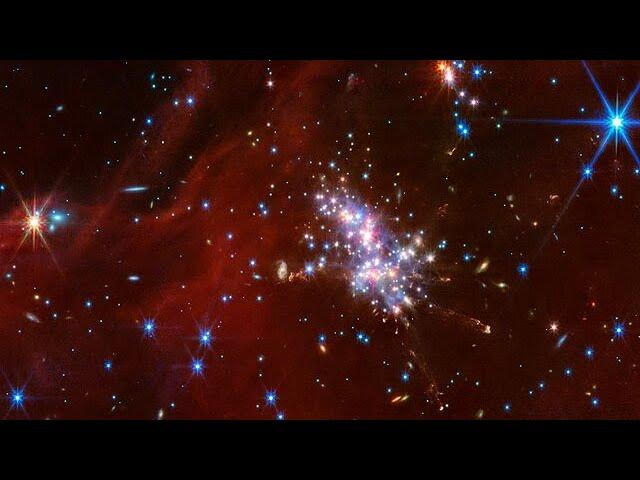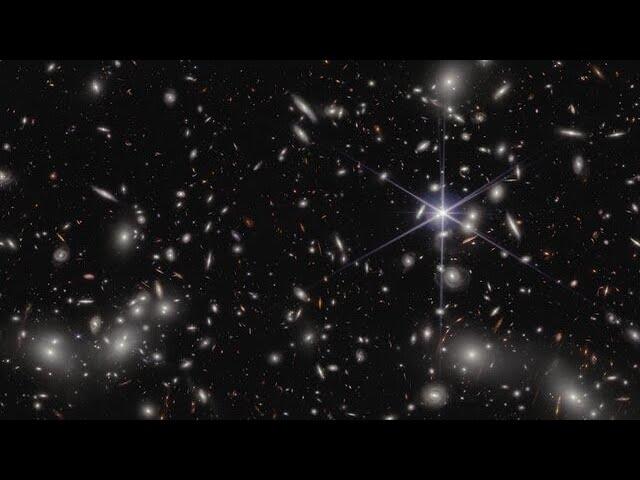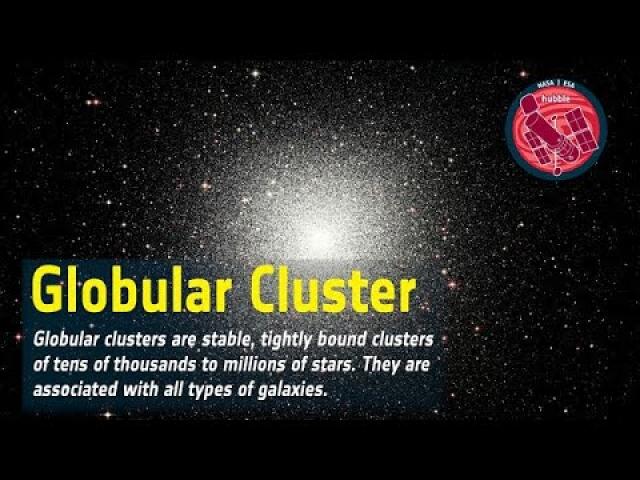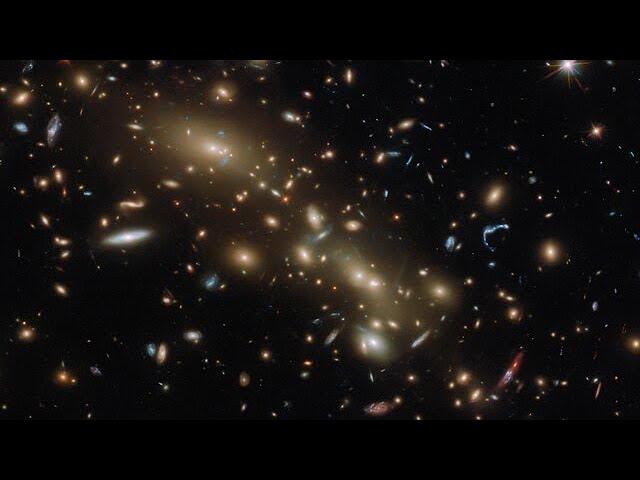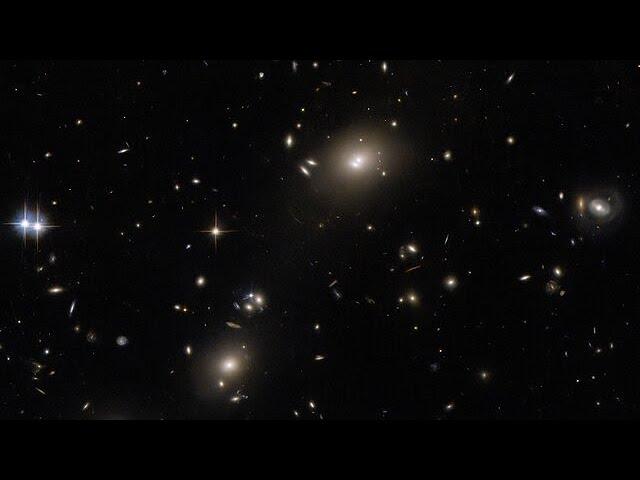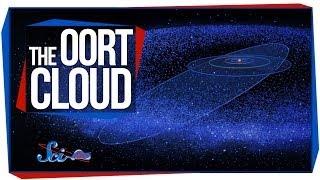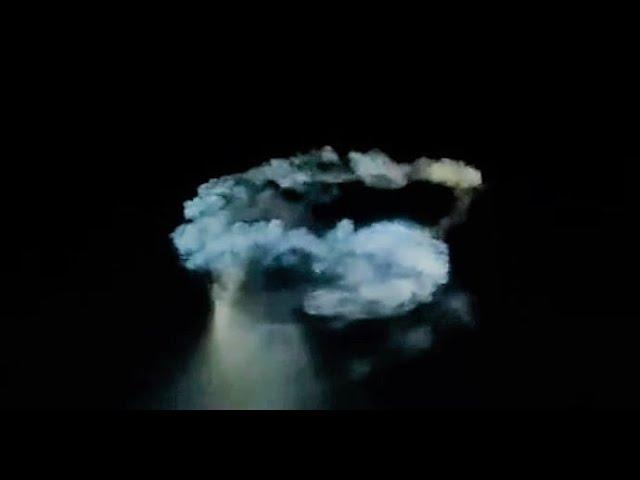Pan: Cluster in the Cloud
Description
This striking image shows the densely packed globular cluster known as NGC 2210, which is situated in the Large Magellanic Cloud (LMC). The LMC lies about 157 000 light-years from Earth, and is a so-called satellite galaxy of the Milky Way, meaning that the two galaxies are gravitationally bound. Globular clusters are very stable, tightly bound clusters of thousands or even millions of stars. Their stability means that they can last a long time, and therefore globular clusters are often studied in order to investigate potentially very old stellar populations.
In fact, 2017 research that made use of some of the data that were also used to build this image revealed that a sample of LMC globular clusters were incredibly close in age to some of the oldest stellar clusters found in the Milky Way’s halo. They found that NGC 2210 specifically probably clocks in at around 11.6 billion years of age. Even though this is only a couple of billion years younger than the Universe itself, it made NGC 2210 by far the youngest globular cluster in their sample. All other LMC globular clusters studied in the same work were found to be even older, with four of them over 13 billion years old. This is interesting, because it tells astronomers that the oldest globular clusters in the LMC formed contemporaneously with the oldest clusters in the Milky Way, even though the two galaxies formed independently.
As well as being a source of interesting research, this old-but-relatively-young cluster is also extremely beautiful, with its highly concentrated population of stars. The night sky would look very different from the perspective of an inhabitant of a planet orbiting one of the stars in a globular cluster’s centre: the sky would appear to be stuffed full of stars, in a stellar environment that is thousands of times more crowded than our own.
Credit:
ESA/Hubble & NASA, A. Sarajedini, F. Niederhofer
Music: Stellardrone - Ascent

